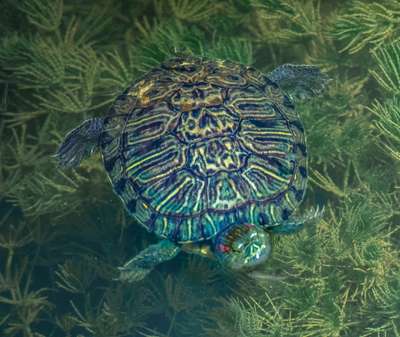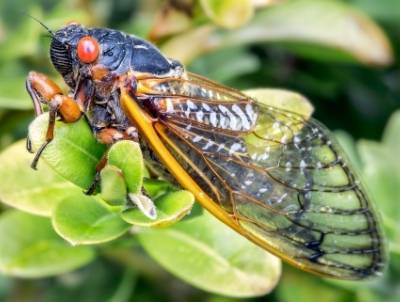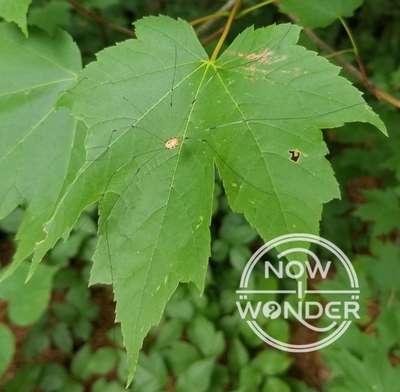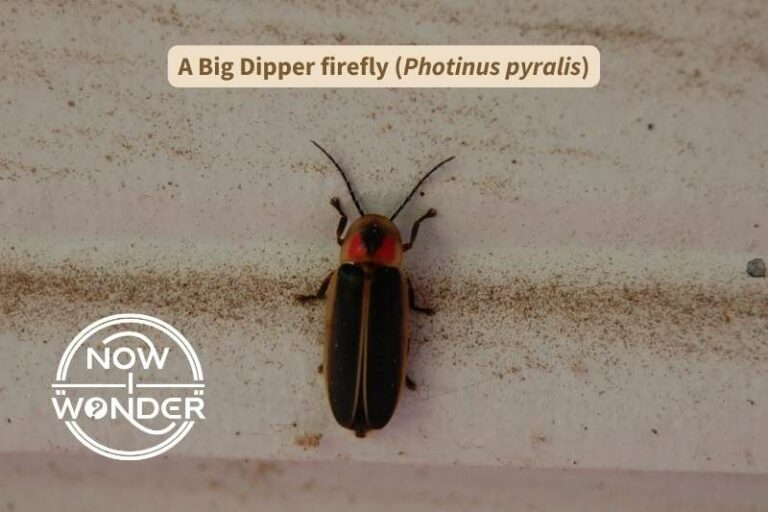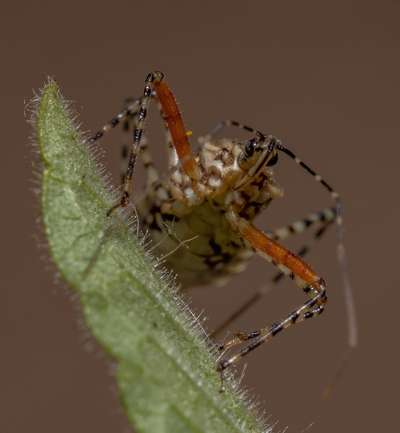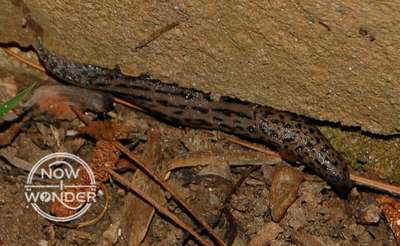Slugs are common around homes and gardens in many areas of the United States. Most gardeners are well aware that slugs feed on plants but slugs are such strange creatures that fewer people may be aware that plants aren’t all they eat. If you’ve wondered if slugs ever eat anything other than your strawberries, this post will help.
Slugs are omnivores and eat a wide variety of plants, fungi, and carrion. Some slug species prey on snails, earthworms and other slugs. They use their fine sense of smell to detect edible plants, find decaying plant and animal material, and track smaller slugs that can be overpowered and consumed.
A slug’s diet sounds relatively simple and in some ways it is. But slugs are very odd-looking creatures; it isn’t immediately obvious how they eat at all. Read on for more information about how and when slugs find their food and what they do when they’re not eating.
Can slugs smell?
Slugs can smell very well. A slug has a pair of short tentacles on the bottom of its face that sense minute odors in the air and on the surface upon which they crawl. A slug uses this information to sense danger, determine where it is and where it should travel next and find and identify food.
Because slugs can be such pests for agriculture and in home gardens, scientists researched extensively how and why slugs opt to eat a particular substances. The goal of this research into slug taste preferences is to identify ways to control slug populations and limit the damage they cause.
A popular option for slug control is slug pellets, which are chunks of food laced with poison which either paralyze the slugs that eat them – thus making them easy prey for predators – or kills them outright.
Slugs can do a lot of damage to vegetation in a short amount of time so it can sometimes seem as though they are gluttons that will eat anything but the reality is more nuanced.
Taste is an important sense for slugs and makes them surprisingly picky eaters when combined with their fine sense of smell. Manufacturers of slug pellets have a vested interest in learning which tastes and textures appeal to slugs and conversely, which ones they avoid.
A slug’s mouth is located below their olfactory tentacles and is made up of three different structures: the odontophore, the radula, and the jaw.
The odontophore supports the radula, which is a tongue-like organ that holds hundreds of tiny, rasp-like teeth called denticles arranged in rows.
Slugs eat by extending the radula and underlying odontophore and scraping chunks of food away with the denticles. Then they pinch off the food “between the jaw’s anterior brown region and the radula allowing the radula to bite off smaller pieces of food”. (Montroni 2019)
Individual slugs take different size bites from their food. The size difference seems to be less related to the size and body weight of each slug and more to how the item tastes and how hard or soft it is. (de Silva 2021).
Slugs use their smelling tentacles to sense whether something may be edible. A slug may test an unfamiliar food by taking a few small bites. If it doesn’t taste good, they will abandon the item in favor of finding something better.
Unfortunately, this behavior can still ruin for human consumption whatever the slug taste-tested, especially since the slug will leave behind a slime trail.
Slugs forage for food, alternating between periods of inactivity, movement towards food and periods when their bodies are relatively still but their heads are moving as they eat. When a slug locates a food they enjoy, it will revisit it over and over again. Since slugs often congregate also, their feeding can result in the loss of entire harvests if their numbers are not controlled.
The following image shows a trail a slug left in some algae growing on the side of a house. The snaking lines through the algae show the track the slug took while eating. The track meanders all around, without a lot of rhyme or reason as to which direction the slug took. The slug moved seemingly at random; it didn’t move methodically through the algae and left a lot of food “on the table.”

Can slugs see?
Slugs see primarily simple shapes and contrasts of light and dark. The eyes are on the tips of the longest pair of head tentacles. Each tentacle can move independently of the other which allows the slug to sense the direction from which light is coming and adjust its path to move away from it.
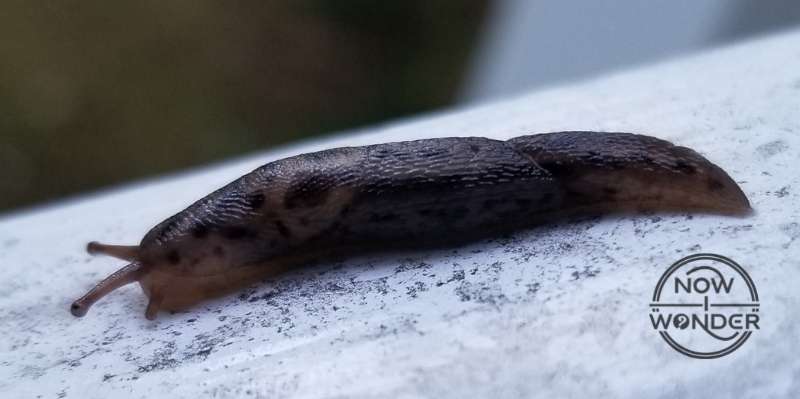
Can slugs hear?
Slugs do not have eardrums or ear bones to transmit sound waves so can not hear the way humans can. Their soft, flexible bodies can sense vibrations, especially through the undersides of their elongated bodies. Slugs use smell, taste and sight to sense their world rather than hearing.
Despite not having ears to hear with, slugs navigate their environment easily using their other senses, especially smell and taste.
Can slugs fly?
Slugs do not have wings so cannot fly. Slugs are ground-based invertebrate animals that move by gliding along on a trail of slippery mucus and propel themselves forward by undulating motions of the fleshy, muscular structure on the bottom of their bodies called the “foot”.
Can slugs swim?
Terrestrial slugs are not adapted to propelling themselves through water or floating. A pulmonate slug breathes through a hole in their backs called a “pneumostome”. It has no way to keep this breathing pore above the surface of the water when immersed and thus will drown.
A submerged slug will attempt to escape drowning by writhing but the movement is usually ineffective unless the foot connects with a solid surface and gains sufficient traction quickly.
When are slugs active?
Slugs are active at night and sometimes during overcast days if temperatures are cool. Slugs are sensitive to both temperature and light. Hot, dry conditions and bright sunlight are dangerous for them due to the risk of dehydration. They hide in dark, moist areas when temperatures rise.
Slugs seek shelter in cool, damp spots such as under leaf debris, in cracks of trees, against foundations, under fungi, or in the shadows of dense vegetation. They will conceal themselves anywhere where they can be out of the sun, against damp surfaces that will keep their skin moist, and hopefully hidden from predators.
Slugs eat a wide variety of foods in the natural environment. Many times their diet comes into direct conflict with humans, especially those who grow vegetables and fruits because slugs’ feeding activity damages the plants and crop.
But only some slug species conflict with human interests in this way. Many of the slugs classified within Class Gastropoda eat other foods such as fungi, carrion or other soft-bodied invertebrates and so go unnoticed by people.
When we have a better understanding of what, when and how slugs eat, we can move away from simply labeling them as pests and appreciate the natural wonders that are slugs.
Related Now I Wonder Posts
If you’d like to learn about the differences between slugs and snails, check out my post “What is the difference between slugs and snails?”.
If you’d like to learn about one of the most common – and dramatic-looking – slugs found in the United States, check out my post “What is the large spotted slug called?”.
If you’d like to read more about slugs – and why they are worth reading about – check out my post “What are slugs?”.
References
Capinera, John L. “Slugs”. Handbook of Vegetable Pests, Elsevier Science & Technology, 2001.
de Silva, Samantha Mirhaya, David Chesmore, Jack Smith, and Gordon Port. “Listening to Slugs: Acceptability and Consumption of Molluscicide Pellets by the Grey Field Slug, Deroceras reticulatum.” Insects 12, no. 6 (2021): 548. https://www.mdpi.com/2075-4450/12/6/548
“Gastropod.” In Britannica Concise Encyclopedia, by Encyclopaedia Britannica. Britannica Digital Learning, 2017.
Montroni, Devis, Xiaolin Zhang, Janet Leonard, Murat Kaya, Chris Amemiya, Giuseppe Falini, and Marco Rolandi. “Structural characterization of the buccal mass of Ariolimax californicus (Gastropoda; Stylommatophora).” PloS one 14, no. 8 (2019): e0212249. https://doi.org/10.1371/journal.pone.0212249
Nordsieck, Robert, “Terrestrial Snails”, The Living World of Molluscs. 2022. http://www.molluscs.at/gastropoda/terrestrial.html?/gastropoda/terrestrial/limax.html

